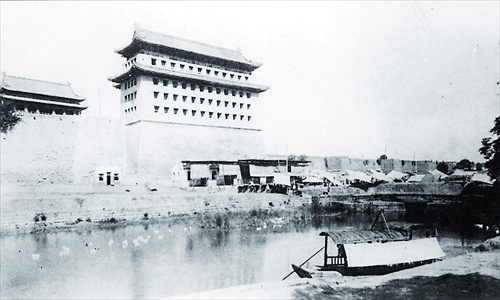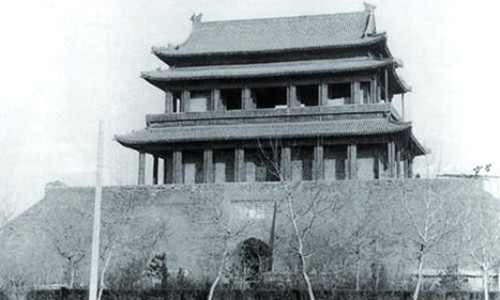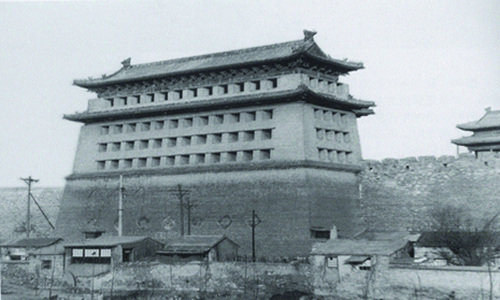
Xuanwumen (1285-1965)
This is a gate with a very different history and feel. From the Yuan Dynasty (1279-1368) until the end of the Qing Dynasty, those who received capital punishment were often taken across the gate to Caishikou, where the execution ground was located. On Xuanwumen there used to be a poster saying "Too late to regret!" to those condemned criminals.

Fuchengmen (1285-1965)
To the west of Fuchengmen is Mentougou, the coal-producing region, so this gate was defined by coal. Old Beijingers might still remember how coal was transported from here to the fireplaces of most families in town.

Xizhimen (1267-1969)
In the past, this area that most people now associate with traffic jams was used mainly for transporting water instead of vehicles from Yuquan Mountain. Since the water from the wells in town was not fancy enough for emperors, the water from Yuquan Mountain in the northwest was the ideal alternative and Xizhimen was on route.
Recently the Beijing Municipal Bureau of Cultural Relics Protection announced that they are planning a construction project to renovate old, iconic architecture in Beijing, including the city gates.
Most of these gates were razed to the ground after 1949, especially during the construction of Subway Line 2, which has been built on the previous moat surrounding these gates and the walls. However, their memory still resonates in the city.
Lifestyle has dug out some of the unusual stories and secrets behind these city gates.

Copyright ©1999-2011 Chinanews.com. All rights reserved.
Reproduction in whole or in part without permission is prohibited.